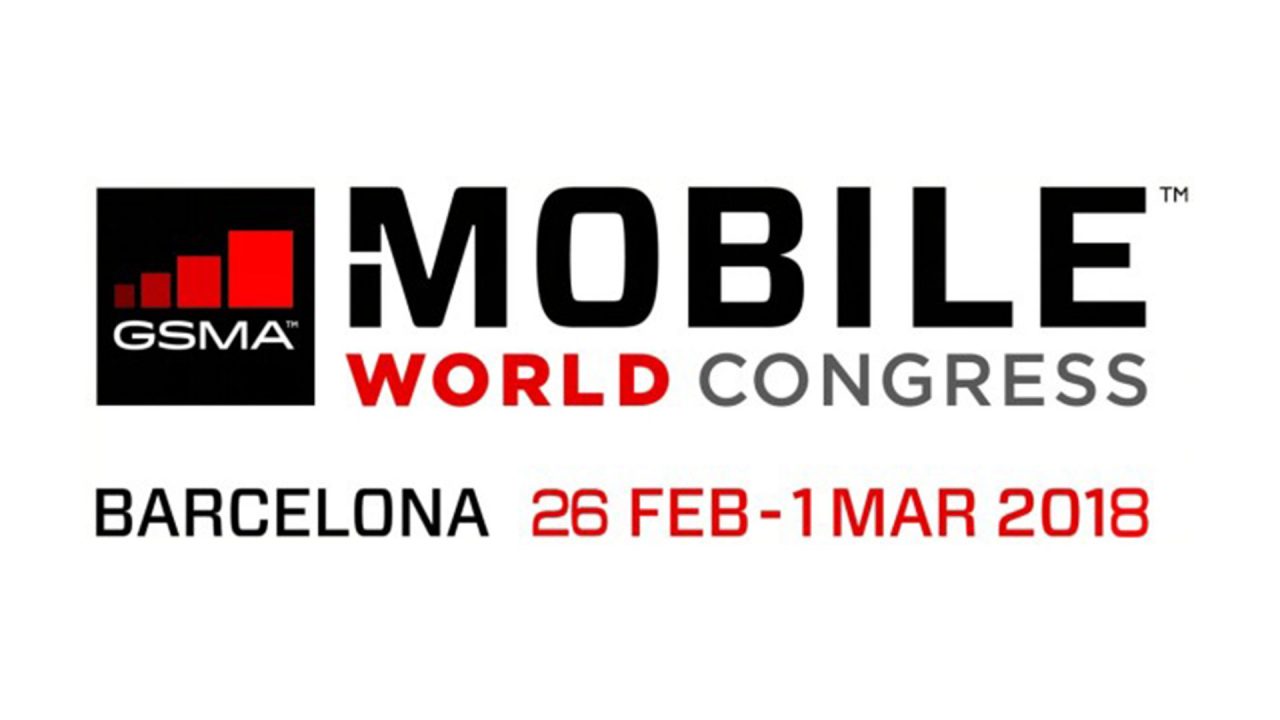
The Mobile World Congress 2018 in Barcelona (MWC), which wrapped up earlier this month, was immense. With over eight zones, the world’s leading tech brands showcased their new products and services alongside a full conference program.
MWC is one of the clearest examples of the recent rapid advancement in technology fuelled by the significant increases in computational power and data collection.
While only some of us operate within the tech sector, it is vital that all insight professionals stay aware and adapt to the latest technological developments.
Looking back at MWC 2018, here are six key learnings for the research and insight industry:
1. virtual reality is mainstream.
Whether being used to showcase gaming, healthcare or manufacturing solutions, VR was everywhere at MWC – it is no longer an emerging technology.
One reason for this is that the processing power of mobile devices is rapidly increasing, making VR more accessible and affordable. It’s time for our industry to start applying VR in more research scenarios. This should in theory get easier as many of our clients are using VR internally in other divisions of their business. To help better the research process and get closer to reality, we should start conversations with our clients about the possibility of leveraging their internal VR design assets.
2. artificial intelligence and machine learning are being commoditized.
AI and machine learning are no longer buzzwords. Whichever direction you turned at MWC, you could not escape them. The hype has evolved into concrete examples of how AI and machine learning are being successfully applied to enhance products, services and business strategy. And there are signs that elements of AI and machine learning are now becoming commoditized.
The barrier to entry is becoming lower. And at the MRS Data Analytics Conference in February I was excited to see several examples of how machine learning is being applied to better tackle traditional research objectives. As an industry we should endeavor to learn more about AI and machine learning and how they can be positively applied to the insight process.
3. geo data is a powerful insight source.
It was no surprise to see location data taking center stage at a mobile-first conference. Telecom companies are swimming in location data and are successfully leveraging and monetizing it. Major telecom companies sell this data to a range of interested parties including city planners designing smarter cities or retail brands who want to know more about the movements of their potential customers.
For researchers, understanding the movement and behavior of consumers is almost impossible through retrospective interviews. Passive location data, which is being recorded more frequently than ever, offers the best avenue to truly understand customer movements and behavior. Insight professionals should ask clients to share their geo data and use this to more accurately understand the customer journey.
4. voice has the potential to transform how people interact with devices.
One of the highly visible tech trends at MWC was voice-assistance technology. Smart speakers are already mainstream but voice-assistance technology is on course to becoming embedded in all devices, from cars to refrigerators and TVs. This rapid rise is being fueled by significantly better machine-learning algorithms, including voice recognition and natural language processing. And many experts are predicting that voice will become the primary computing platform.
If this is true, how will this impact the insight industry? Already we are using text analytics to mine transcribed voice recordings but what about traditional surveying? How will surveys look (or sound) in the future?
5. connected devices allow brands to know the what, but not the why.
It is predicted that there will be around 31 billion connected devices by the year 2020. The Internet of Things allows for connected devices of all kinds to collect data about the user experience and behavior. This data is increasingly being fed back into businesses to better understand customers.
To some extent, this threatens traditional quantitative research – asking consumers what they did or how they used something may well become a thing of the past. Researchers will still play a vital role in understanding the why behind this behavior.
While the role of qualitative research in this process is clearer, for quant researchers specifically the challenge will be about data integration of behavioral and survey data. This combination of what and why will allow us to paint the most accurate human truths.
6. the future is not as far away as you think.
Detailed discussions around autonomous vehicles, robotic assistants and smart cities at MWC make you realize that the future is not as far away as you might think. Such is the innovation curve; tech companies think five-to-10 years ahead to stay relevant.
As an industry, we should be challenging our clients to think further into the future – or risk getting left behind. It is one of research’s greatest challenges: getting participants to think about a future that doesn’t yet exist. How can we best understand consumer perceptions of autonomous vehicles, for example, if they can’t imagine what the experience will be like? We must find innovative ways to facilitate this future-thinking insight exploration, whether through VR or other immersion techniques. Research agencies that help clients see clearly into the future and stay ahead of the latest innovation will be the ones that succeed.
This article was first posted on Quirks
By Alex Wilman, Associate Director
if you would like further information, please get in touch via:
awilman@northstarpresents-volvo.com




